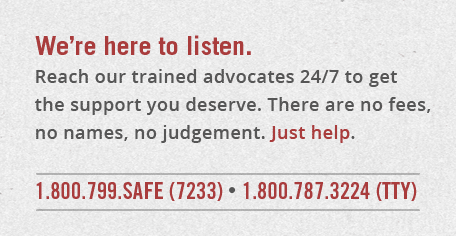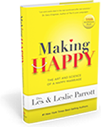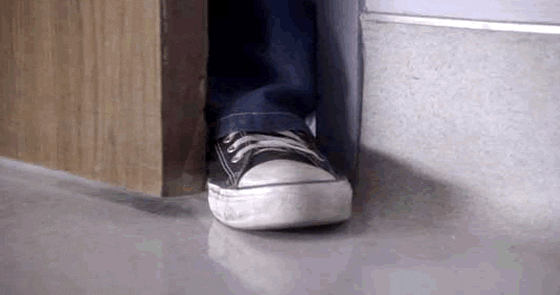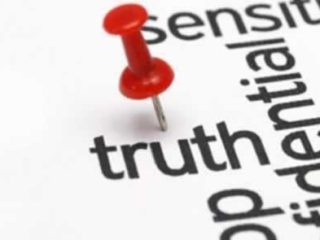• Also see Help and Healing: Abuse
Abusive relationships differ from couple to couple. At the same time, relationships with domestic violence share a similar cycle, often called the “Cycle of Violence.” Unlike what you might think, an abusive relationship isn’t necessarily in the midst of violence all the time. In fact, much of the relationship may consist of either the build up to or the aftermath of a violent incident. Pay attention to the signs of a violent abuse cycle, and get help if you recognize that your own relationship is unhealthy.

Phase 1: Tension Building
During the tension building stage of the cycle, there is no violence, but you will feel like you are walking on eggshells and sense that the tension is growing. Your partner can be very controlling or jealous, stop you from spending time with family and friends, and there might be other instances of emotional abuse. There can also be minor incidents of physical violence during this stage, and you can sense that a violent attack is possible.
Phase 2: Explosion
During this stage, the violent partner will explode into physical violence, or extreme instances of emotional abuse. You may be hit, slapped, choked, shoved, or thrown around during an explosion. On the other hand, an explosion might also mean that your partner screams terrible names at you, drives wrecklessly with you in the car with the intention of scaring you, or threatens to kill himself if you leave. These are all examples of an explosion, even though they look very different.
Phase 3: The Honeymoon
After an explosion happens, an abusive partner will often feel regretful and do everything he can to make it up to you. He will promise that it will never happen again, buy you flowers, and seem really sweet. However, this stage is only temporary, and soon you will feel the tension building again which leads to another explosion.
The cycle of violence can take weeks, months, or even longer to complete and then start over. Even if your honeymoon period is long, that doesn’t mean that the tension building stage won’t begin again.
Abusive relationships can include the following behaviors. If you notice any of these things in your partner, you may be in an abusive cycle.
Name calling
Controlling all the money, or withholding enough money for basic necessities
Isolating you from family and friends
Physical violence, including hitting, slapping, scratching, or shoving
Throwing objects in your direction
Destroying your property
Ridiculing you in front of other people
Being paranoid and jealous without cause
Forcing you to have sex
Spying on you or monitoring every place you go and who you see
Pretending like a past explosion never happened
Threatening you with a weapon
Preventing you from seeking medical attention
Trapping you in your home so you can’t leave or contact anyone
Getting out of an abusive relationship is not something to be taken lightly — in fact, it’s the most dangerous time for an abused woman. If you want to leave an abusive partner, there are some important steps to take.
If you recognize that you are in an abusive relationship and you think it’s safe to stay and work it out, counseling can help both partners rewire patterns and change the dynamic of the relationship. The abuser will learn anger management skills, and healthier ways to communicate and stop being emotionally hurtful. The abused partner can learn to rebuild self-esteem and hold to certain boundaries. By entering individual and/or couples counseling, you might be able to stop the cycle and rebuild your relationship as a constructive, loving, and healthy partnership.
If you are in danger, reach out to the National Domestic Violence Hotline 24 hours a day. You can call 1-800-799-SAFE (7233) or go towww.thehotline.org.
By Jennine Estes, MFT. Copyright © 2013 Jennine Estes, used with permission. All rights reserved.












